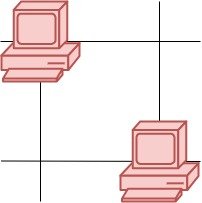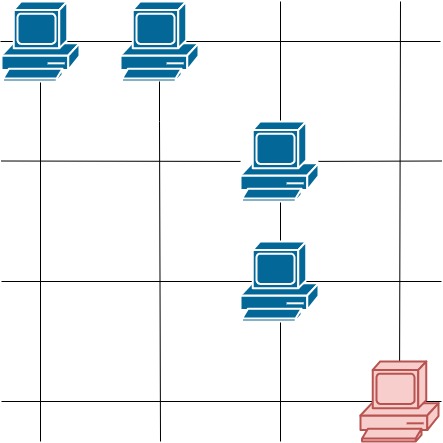You have a pointer at index 0 in an array of size arrLen. At each step, you can move 1 position to the left, 1 position to the right in the array or stay in the same place (The pointer should not be placed outside the array at any time).
Given two integers steps and arrLen, return the number of ways such that your pointer still at index 0 after exactly steps steps.
Since the answer may be too large, return it modulo 10^9 + 7.
Example 1:
Input:
steps = 3, arrLen = 2
Output:
4
Explanation:
There are 4 differents ways to stay at index 0 after 3 steps. Right, Left, Stay Stay, Right, Left Right, Stay, Left Stay, Stay, Stay
Example 2:
Input:
steps = 2, arrLen = 4
Output:
2
Explanation:
There are 2 differents ways to stay at index 0 after 2 steps Right, Left Stay, Stay
Example 3:
Input:
steps = 4, arrLen = 2
Output:
8
Constraints:
1 <= steps <= 5001 <= arrLen <= 10^6
class Solution {
public int numWays(int steps, int arrLen) {
int end = Math.min(steps, arrLen);
int mod = 1000000000 + 7;
long[][] dp = new long[steps+1][end+5];
dp[0][0] = 1;
for (int i = 0; i < steps; i++) {
dp[i+1][0] = (dp[i][0] + dp[i][1]) % mod;
for (int j = 1; j < end; j++) {
dp[i+1][j] = (dp[i][j-1] + dp[i][j] + dp[i][j+1]) % mod;
}
}
return (int) (dp[steps][0]);
}
}




